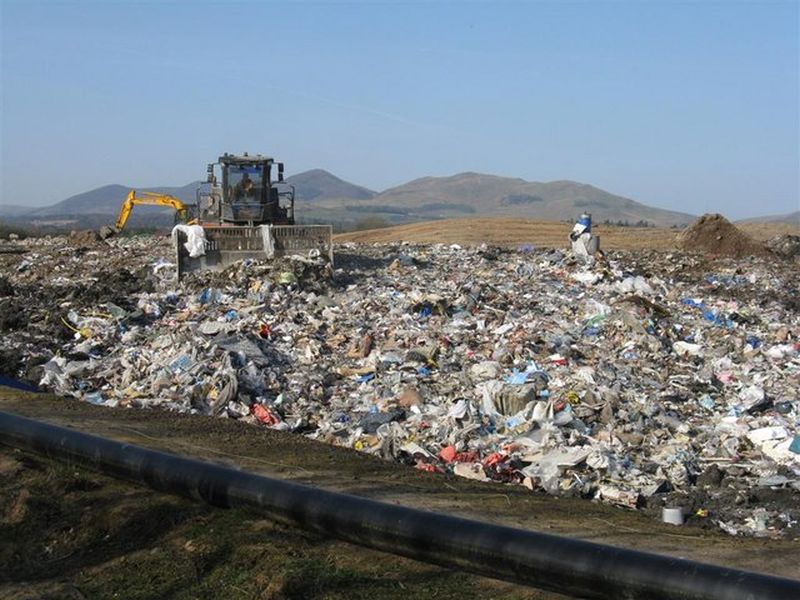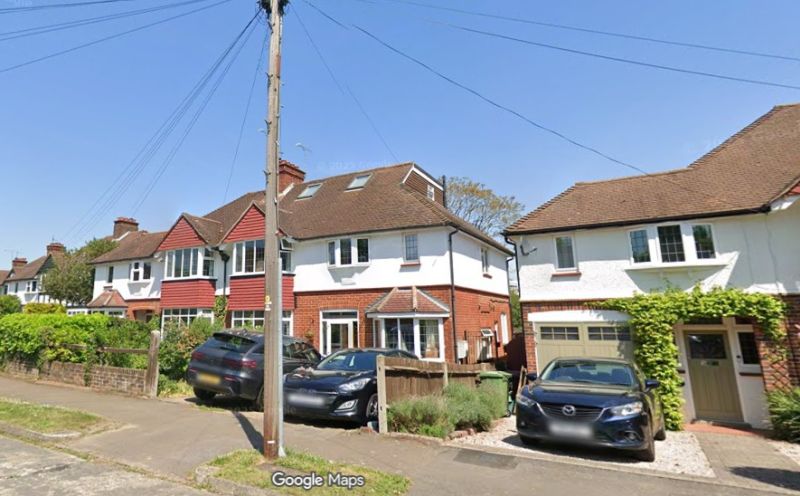Surrey University to get a third of its power from the Sun
Permission has been granted for The University of Surrey to build a solar farm on green belt land. The scheme will provide the university with 34 per cent of its electricity, helping reach its net zero carbon emissions targets by 2030.
Working in partnership with SSE Energy Solutions, the university has proposed to place 22,410 solar panels across three fields on the Hogs Back in Guildford. The 12.21 megawatt farm will provide electricity directly to the university by a 50m underground cable link, zig-zagging to a substation on the Stag Hill campus.
After rigorously debating for over an hour, members of Guildford Borough Council’s (GBC) planning committee approved the scheme on November 6. A majority of nine councillors voted in favour, with four against and two abstentions.
Cllr Joss Bigmore said it was an “incredibly difficult decision”, boiling it down to the “substantial benefits” of renewable energy versus “some of the highest landscape protection areas”.
Despite the students’ union supporting the scheme, the application attracted over a hundred objections from residents, and 15 other groups. Speakers at the meeting vocalised their anxiety that the harm to the green belt and Area of Great Landscape Value had been “downplayed” by planning officers and feared approval would open the floodgates.
Cllr Pat Oven raised issues with the solar panels being used on agricultural land, arguing: “You can’t grow crops on any old land but you can graze sheep anywhere; we need to grow food in this country.”
Planning agent Paul Rogers told the committee it is “financially essential” the university decarbonises its energy supply. He added: “A stable university is critical to a thriving Guildford”. Councillors heard that the university’s energy costs have increased significantly, soaring from £4m to £17m per year.
Will Davies, Chief Operating Officer for the University of Surrey, said: “This solar facility is critically important for our University and the wider Guildford community – helping us to deliver on our commitment to achieve net zero by 2030, while also enhancing our financial stability and energy security after the price shocks caused by the energy crisis.
“Our modest scheme will boost the county of Surrey’s renewable energy generation capacity by 13%. It will be delivered alongside wider plans to add solar to University rooftops and car parks, and a package of measures to increase our energy efficiency in general.”
Set to go live in 2025, the solar farm will be in operation for 35 years before being decommissioned back to a field.
Image: Solar Power farm unrelated to University














